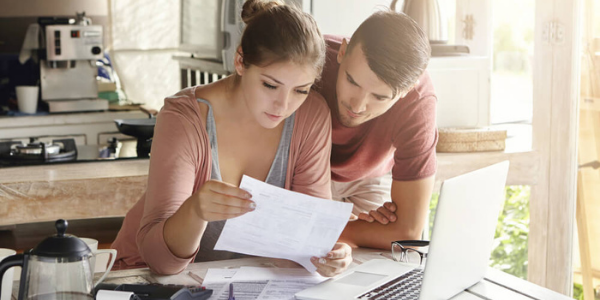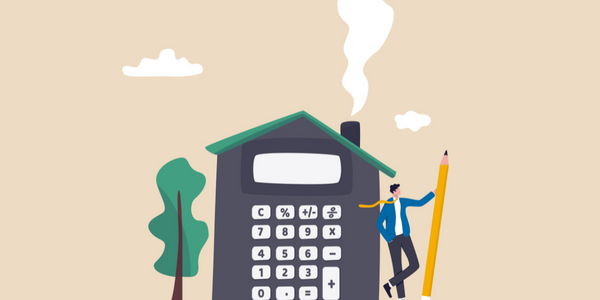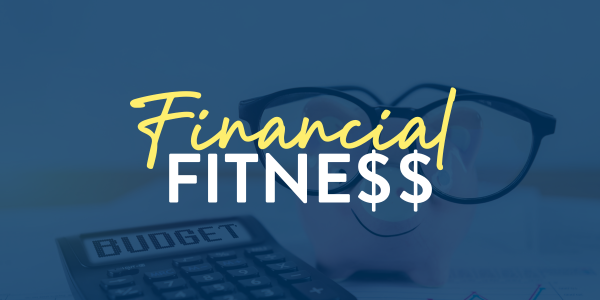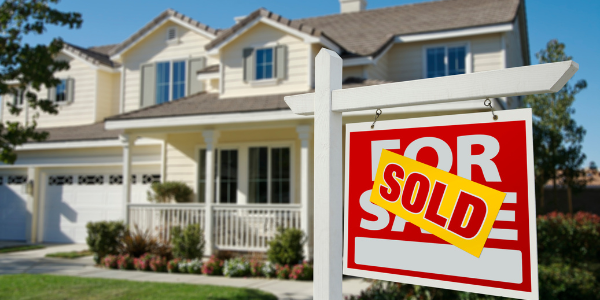
Buying a house isn’t just about the sticker cost or the monthly payment. A large part of your housing budget will also be your down payment. If you’ve seen lender ads before, you know that this number can be all over the board.
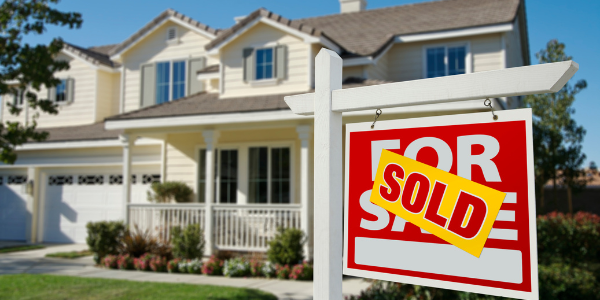
But is a bigger down payment really better? Can you really buy a home with no money down?
We’re here to give you the lowdown on down payments!
What Is a Down Payment?
Let’s start with the basics. When you’re buying a house, you’re generally required to make a cash payment upfront. That’s called the down payment.
How much cash you put down is typically expressed as a percentage of the purchase price. For example, if you wanted to do the “standard” 20% down payment on a house that costs $450,000, you would pay $90,000 toward the cost of your home while financing the remainder.
Now, it’s important to remember that your down payment is made in addition to closing costs, such as escrow fees. Some homebuyers choose to finance those costs as well, but they’re another item to keep in mind when determining your housing budget.
Where Does the Down Payment Come From?
The money for a down payment isn’t included in your financing. Rather, it’s a way to let your lender know you’re committed to buying a house and to fulfilling its financial obligations. Think of it as a nonrefundable deposit.
Many homebuyers spend some time saving for a down payment. They create a monthly budget; scrimp where they can; and put any extra money, such as birthday card cash or work bonuses, toward the down payment amount.
Others may choose to obtain a personal loan or sell a big-ticket item like a boat or car. (Reminder: If you take out a loan for the down payment, you’ll need to include that monthly payment on your application for qualification purposes.)
Some buyers who already own a home will also consider tapping into their primary home equity if they’re buying a house as a second home, a vacation home, or an investment property.
There are also a lucky few who receive the cash for their down payment as a gift. This is perfectly acceptable—and great for them!—as long as the stipend is accompanied by a gift letter explaining that the money is, in fact, a gift and not a loan. The gift letter should also outline the relationship between the giver and the borrower.
What Is the Average Down Payment for Today’s Borrower?
The typical benchmark for down payments is 20% of the home’s purchase price. However, the National Association of Realtors (NAR) notes that most homebuyers don’t put 20% down. Instead, they put between 6% and 7% down—a trend NAR has seen since 2018.
Of course, 2018 and 2022 are worlds apart in terms of, well, the world. The pandemic upended many things in life, including home prices and interest rates.
Even still—and even in this super-competitive market—the typical down payment for a first-time homebuyer is 7%. There are loan programs that allow even lower down payments, as low as 0% to 3.5%! These include VA loans, first-time buyer programs, FHA loans, and others.
Before you start jumping for joy at the thought of putting less than 20% down, keep in mind that any down payment under 20% will typically require mortgage insurance of some sort.
Private mortgage insurance, or PMI, is the most common and generally costs between 0.5% and 2% of the mortgage annually. You can remove PMI once your loan balance reaches 78% or 80% (depending on your lender’s terms) of the home’s original price.
Considerations When Determining Your Down Payment
Aside from considering how much you’d like to put down on a home, you also have to think about what’s most strategic for you. There’s what you can afford, of course, which is an important factor when you’re parting with that much cash.
But you also have to consider whether you’re willing to pay PMI, whether your interest rate or ability to qualify for a home loan will be impacted by the size of your down payment, and whether that money might be better spent elsewhere.
Allow us to explain.
A larger down payment—typically in the neighborhood of 15% to 20%—makes lenders feel more confident that you’re committed to buying the house. That’s because you’ve got some skin in the game. If you’re putting less down, it can be considered a riskier loan for them and, therefore, can come with a higher interest rate.
Plus, a larger down payment means less money financed, which means a lower monthly payment. This can be a good thing if you’re having trouble qualifying or if you’re looking at homes at the top of your price range.
Individuals with lower credit scores or higher debt-to-income ratios may also be required to make a larger down payment.
If you and your lender are comfortable with a certain size down payment, you don’t necessarily need to put more than that down. Doing so can lower your monthly payments, absolutely.
However, you should consider whether that money could be better spent elsewhere—for example, paying down credit card or other high-interest debt, socked away into an emergency fund, or earmarked for home improvements or repairs. And don’t forget about paying for closing costs and fees, including the home inspection.
Type of Mortgage
The type of mortgage you choose can also impact how much money you put down, because some have down payment requirements. VA loans, for example, can offer zero money down. Some conventional loans can go as low as 3%, while FHA loans can get as low as 3.5%. Jumbo loans typically require a 10% down payment or more.
The size of your down payment will also be influenced by whether this house will be your primary residence or a vacation or investment property.
APM’s Mortgage Calculator can help you view the various down payment scenarios based on your parameters. Our Loan Advisors are also happy to sit down with you anytime to help you run any scenarios based on your specific financial situation and goals.
Down Payment Assistance
If a down payment still sounds intimidating, fear not. APM can direct you to a variety of down payment assistance resources, especially if you’re a first-time homebuyer.
There are many programs available at the federal, state, and local levels. Some are based on income, while others are based on the geographic region or type of home you’re looking to buy. And not all programs are exclusively for first-time homebuyers, so be sure to ask your Loan Advisor for the programs that may be right for you.
Are you ready to get started? Contact us anytime with your down payment questions, concerns or comments.
Or do you have that part of the homebuying equation already squared away? That’s great, too! We’re always ready to help you get started on pre-approval or your home loan.


